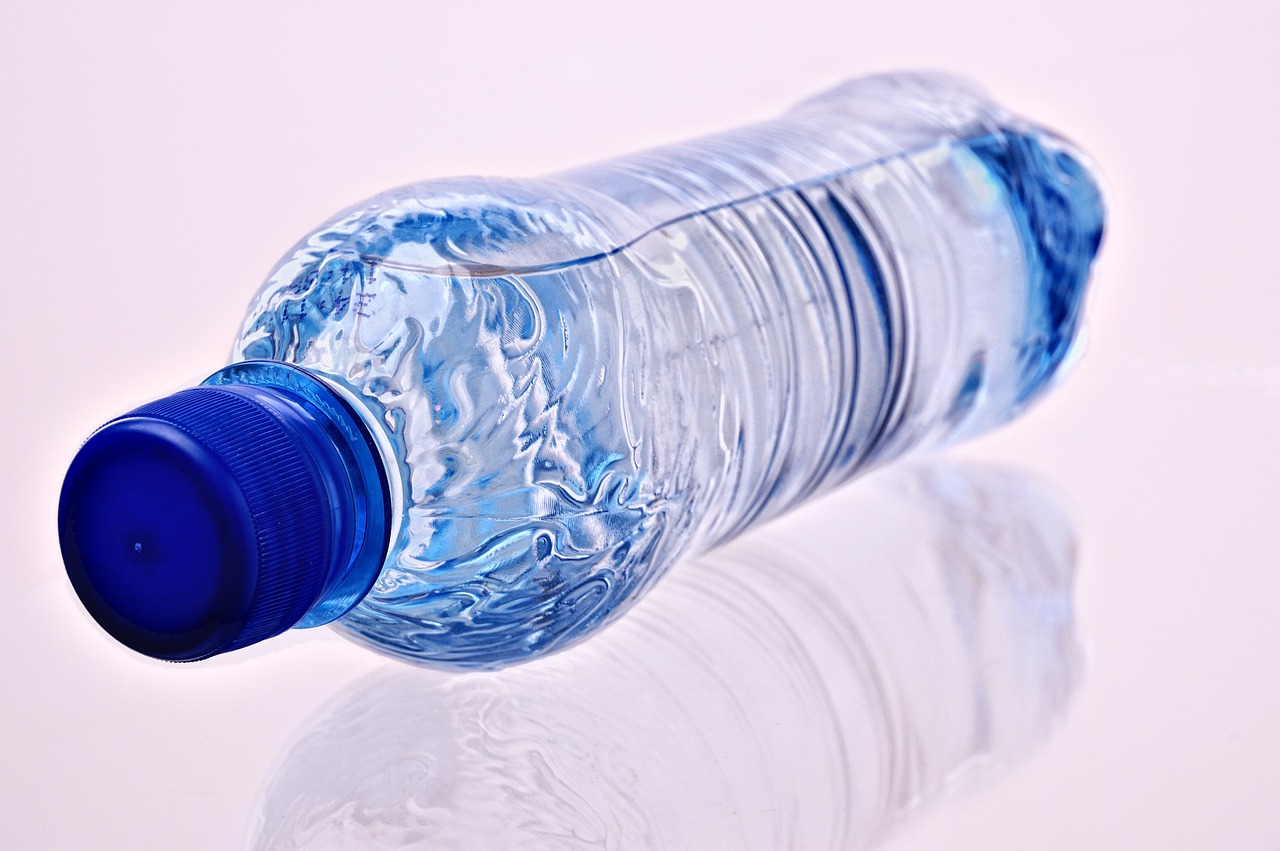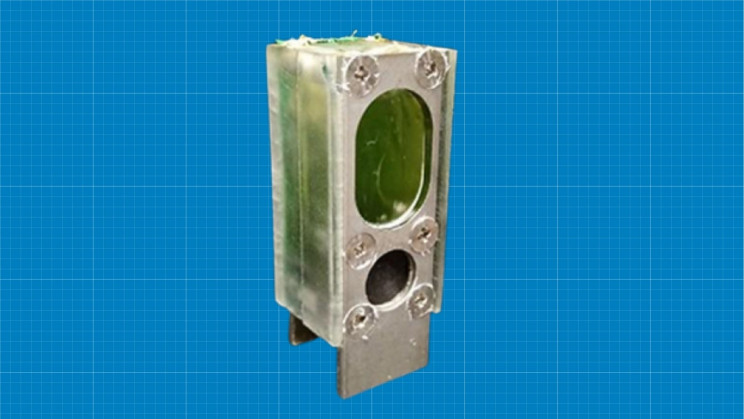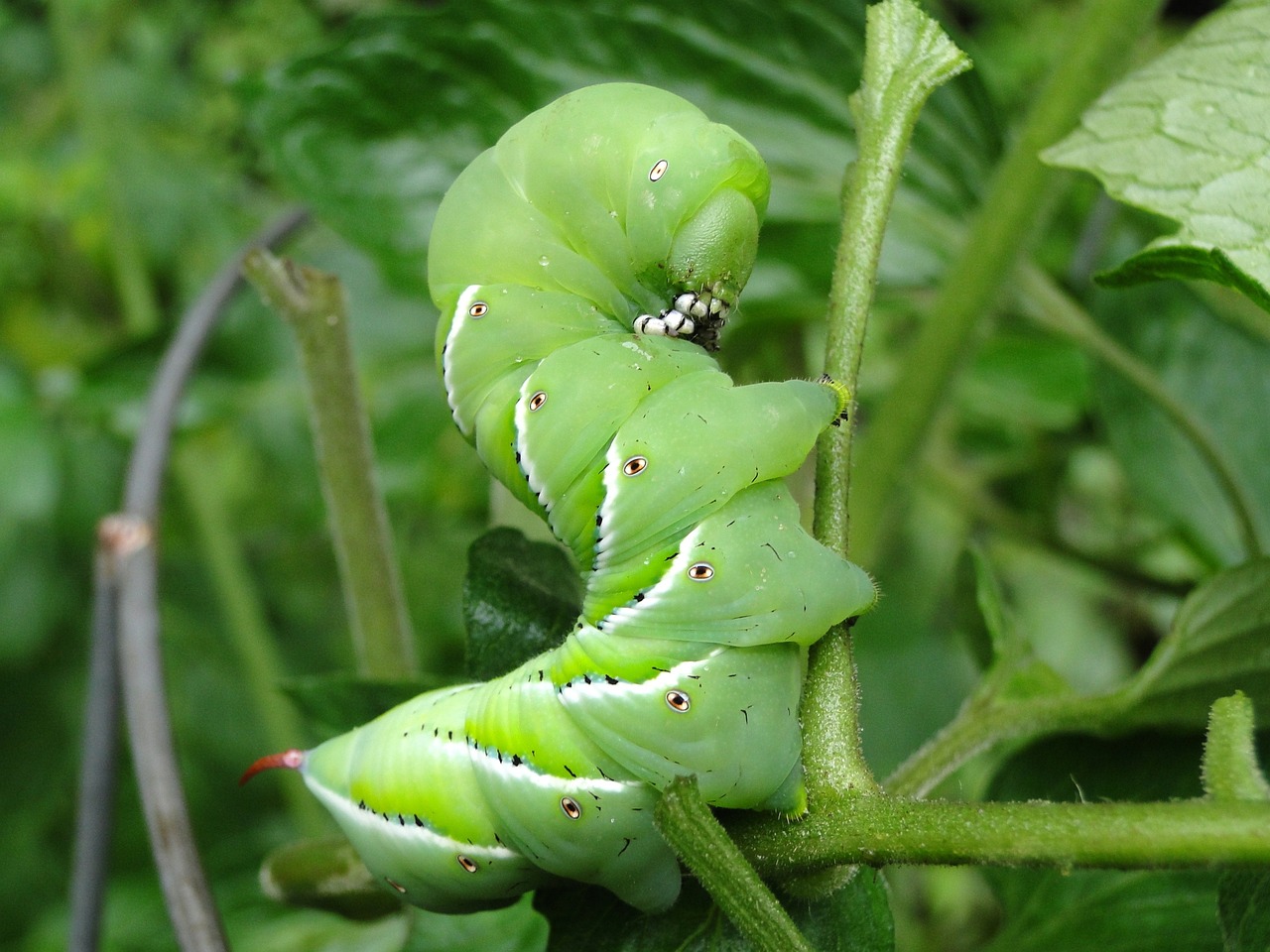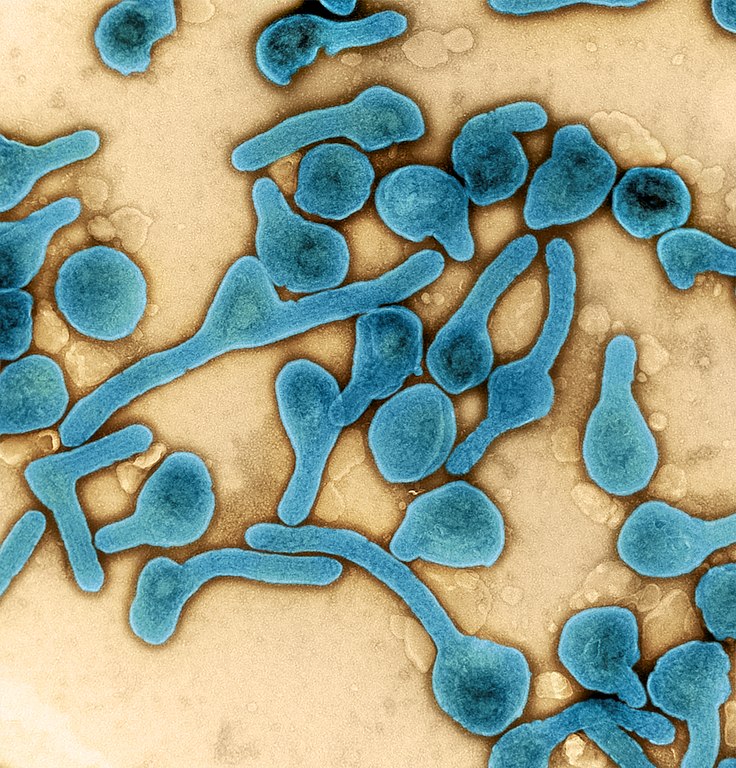Plastics in water, breaking into microplastics, threaten human health by leaching chemicals, contaminating drinking water, and entering the food chain through seafood ingestion.
Nanoplastics, even smaller at less than 100 nanometers and about 1000 times smaller than human hair, can penetrate cell membranes but are not extensively studied. Scientists have long suspected the presence of nanoparticles in bottled water. However, the difficulty in studying these minuscule particles arises from their size, as they do not produce a robust signal during analysis attempts.
A recent study led by researchers from Columbia University, New York, and Rutgers University, New Jersey, revealed that an average one-liter (33-ounce) water bottle contains approximately 240,000 plastic fragments.
Unlike previous studies that focused on microplastics, this research employed a more sensitive technique, detecting nanoplastics as the predominant component among the plastic fragments in bottled water.
The study’s co-authors developed a new microscopy technique and utilized a data-driven algorithm to examine 25 one-liter water bottles from three popular US brands. They discovered 110,000 to 370,000 tiny plastic particles in each liter, with 90% being nanoplastics.
The analysis targeted seven common plastic types, including those used in water bottles and filters. Additionally, unidentified nanoparticles were found, potentially indicating a higher prevalence of plastic in bottled water.







